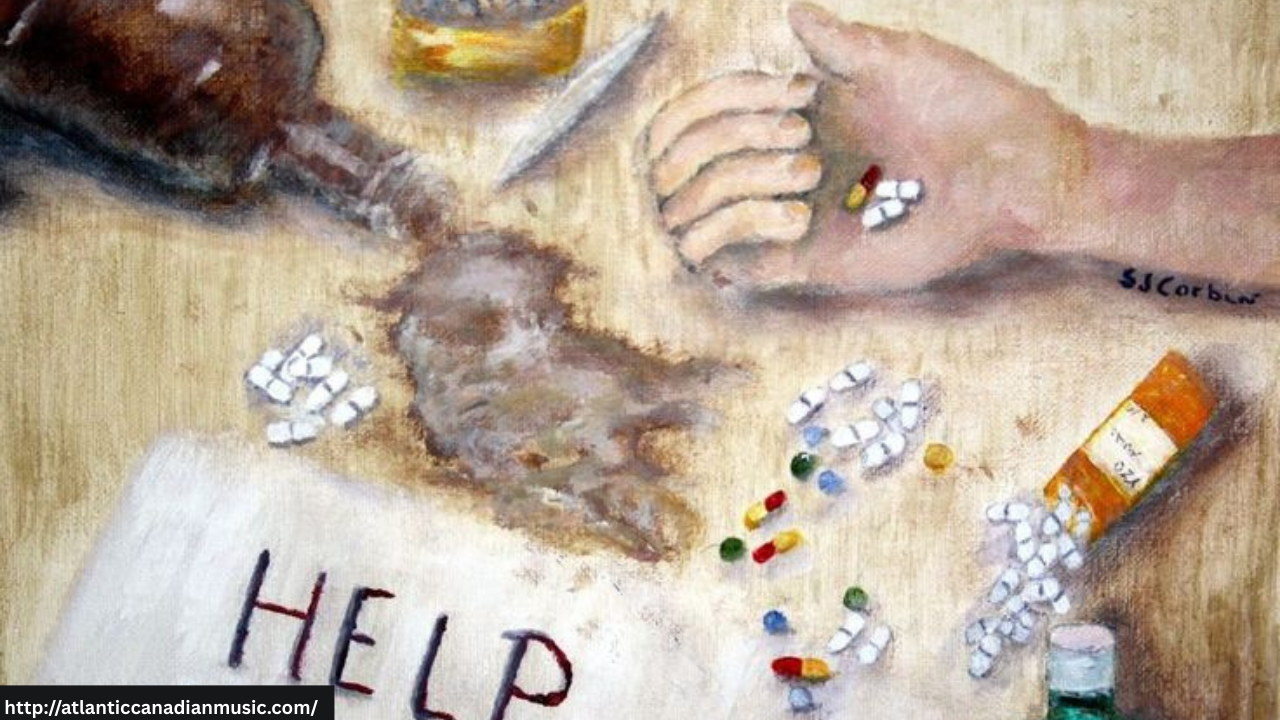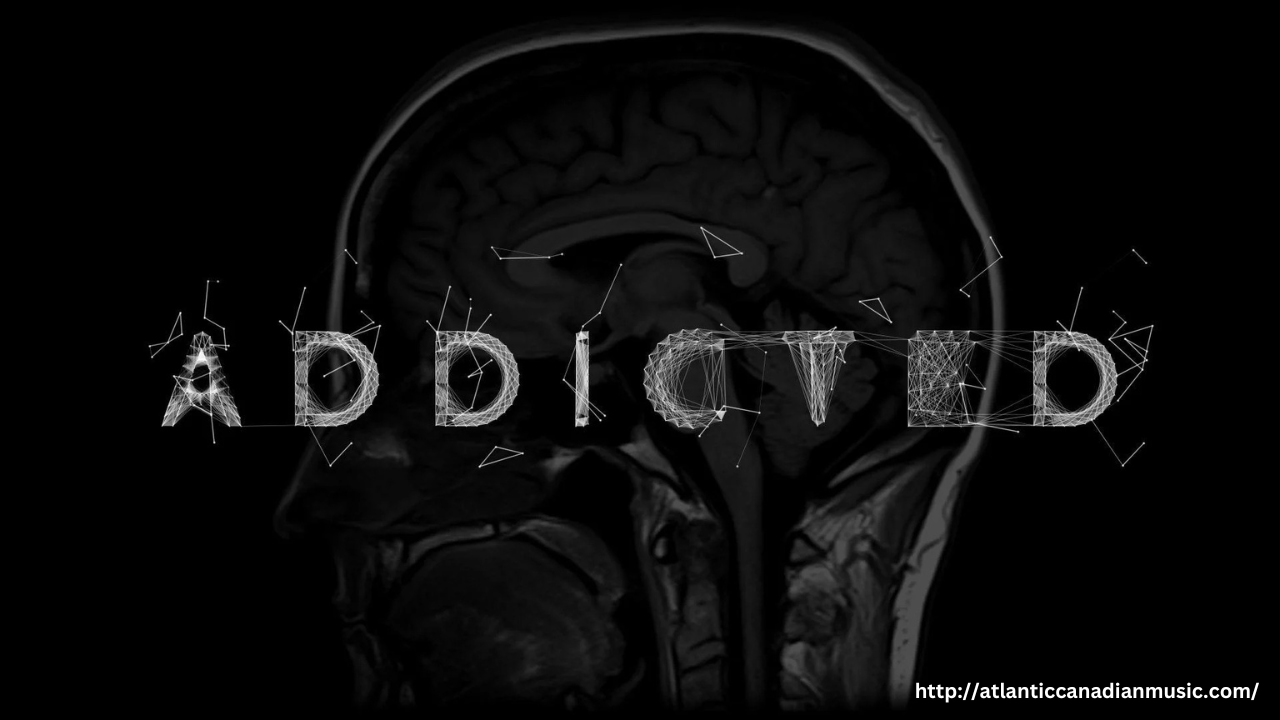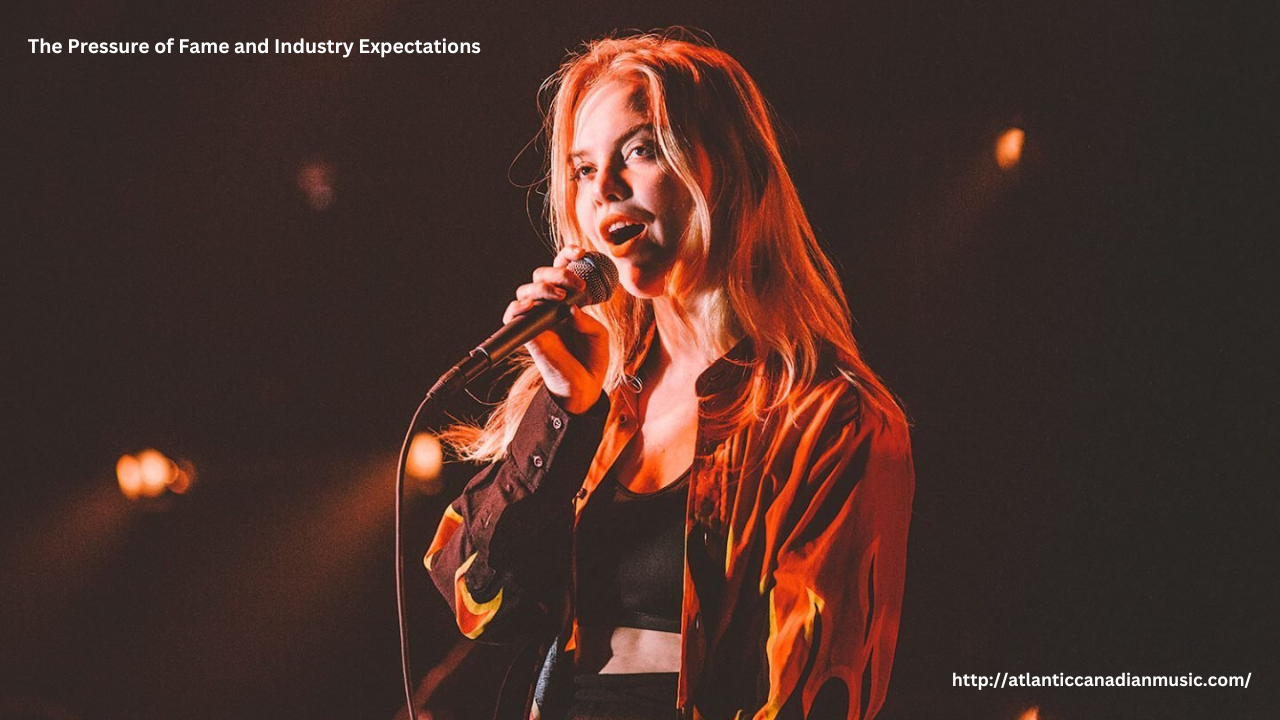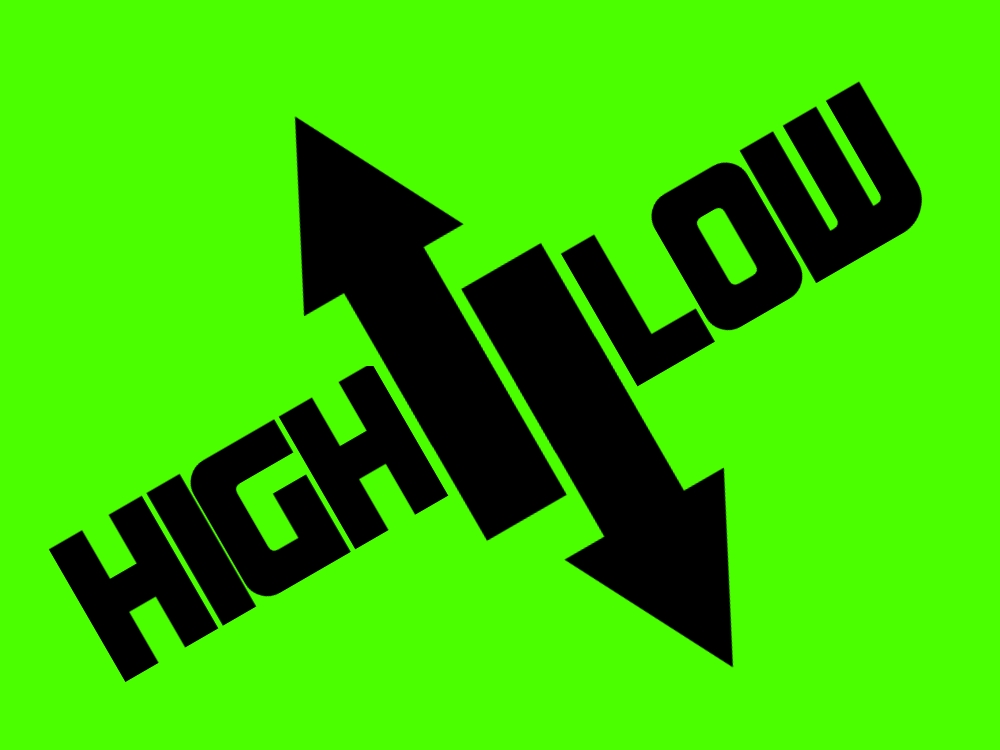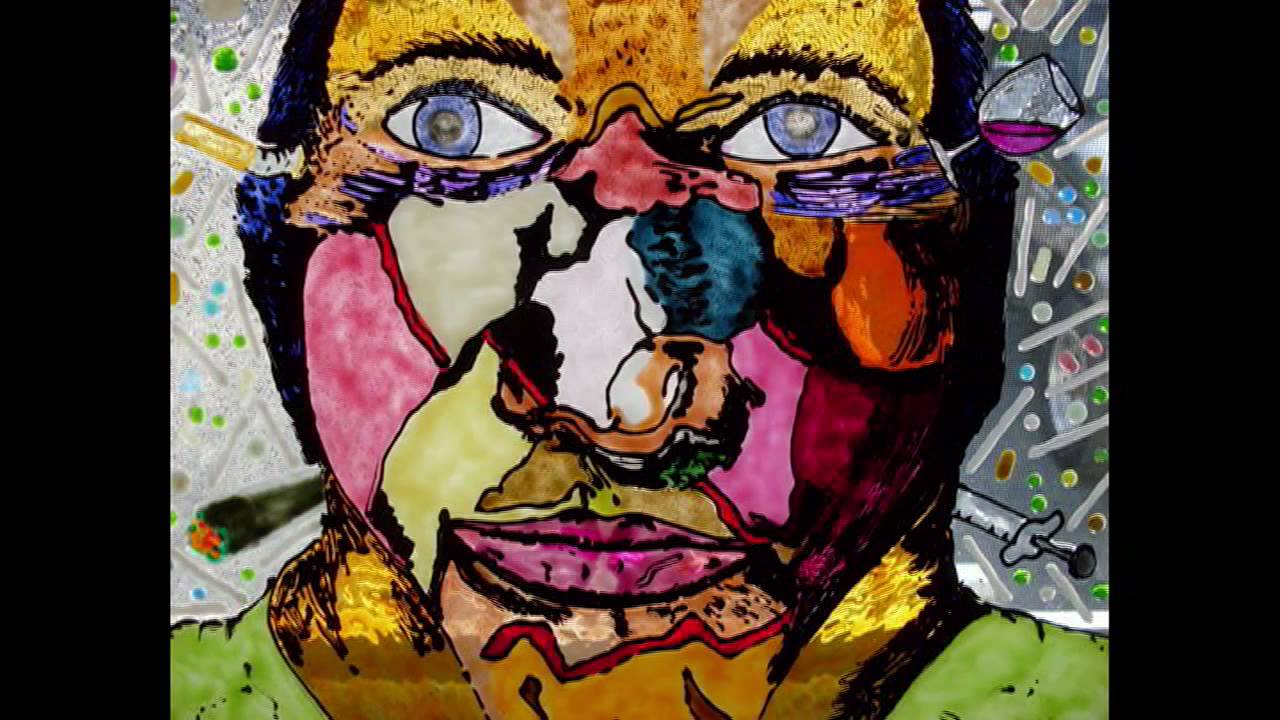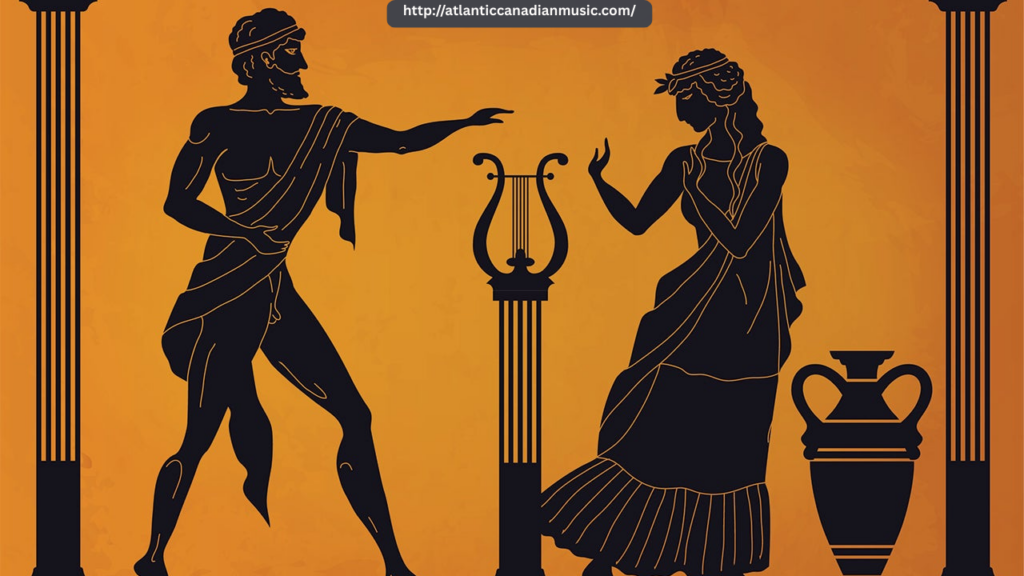
The image of the tortured musician—broken, addicted, and brilliant—has long captivated the public imagination. From Kurt Cobain to Amy Winehouse, history is filled with artists whose personal pain seemed inseparable from their creative genius. Society often romanticizes their struggles, suggesting that suffering and addiction are the price of brilliance. But this myth, while seductive, is dangerous and damaging. It perpetuates the idea that true art must come from agony, and worse, that addiction is an acceptable or even necessary part of the artistic process.
The Origins of the Myth
The myth of the tortured artist dates back centuries, rooted in the belief that great art is born from deep emotional turmoil. In music, this trope became particularly prominent during the rise of rock and roll in the 1960s and 70s. As musicians pushed creative boundaries and challenged societal norms, substance use became closely tied to artistic rebellion. Fans and critics alike began to see addiction not just as a personal struggle, but as a symbol of authenticity and depth.
Over time, this narrative solidified: a musician who suffered was somehow more real, more profound, and more capable of creating timeless work. Their pain was seen not as something to heal, but as something to harness.
The Reality Behind the Romanticism
In truth, addiction is a disease, not a muse. While some artists have produced incredible work during times of turmoil, many more have seen their creativity stifled, their careers derailed, and their lives cut short. Substance abuse impairs cognitive function, erodes mental health, and isolates individuals from the very emotions and experiences that fuel their art.
The notion that addiction enhances creativity overlooks the countless unfinished projects, forgotten lyrics, and missed opportunities caused by substance dependency. It also ignores the very real human cost: broken relationships, declining health, and, in far too many cases, premature death.
Cultural Consequences
The myth of the tortured musician not only affects artists themselves but also influences the broader culture. Young, aspiring musicians may internalize the belief that they must suffer to create meaningful work. They may see addiction not as a warning sign, but as a badge of honor—a rite of passage on the road to greatness.
This cultural reinforcement can make it harder for artists to seek help. They may fear losing their creative edge or being perceived as less authentic. As a result, many suffer in silence, reluctant to admit vulnerability or pursue recovery.
A New Narrative
Fortunately, the music world is beginning to shift. Artists like Macklemore, Florence Welch, and Demi Lovato have spoken openly about their battles with addiction and the clarity they found in recovery. Their stories prove that sobriety can coexist with creativity—that healing can lead to even deeper, more powerful artistic expression.
Organizations like MusiCares and Recovery Unplugged offer tailored support for musicians, challenging the outdated belief that art must come from pain. These efforts are essential in fostering a healthier, more sustainable artistic environment.
Conclusion
Addiction is not a muse. It is a struggle that deserves compassion, understanding, and treatment—not romanticization. By dismantling the myth of the tortured musician, the industry can support artists in finding inspiration through wellness, not suffering. Creativity flourishes not in chaos, but in clarity and connection.
